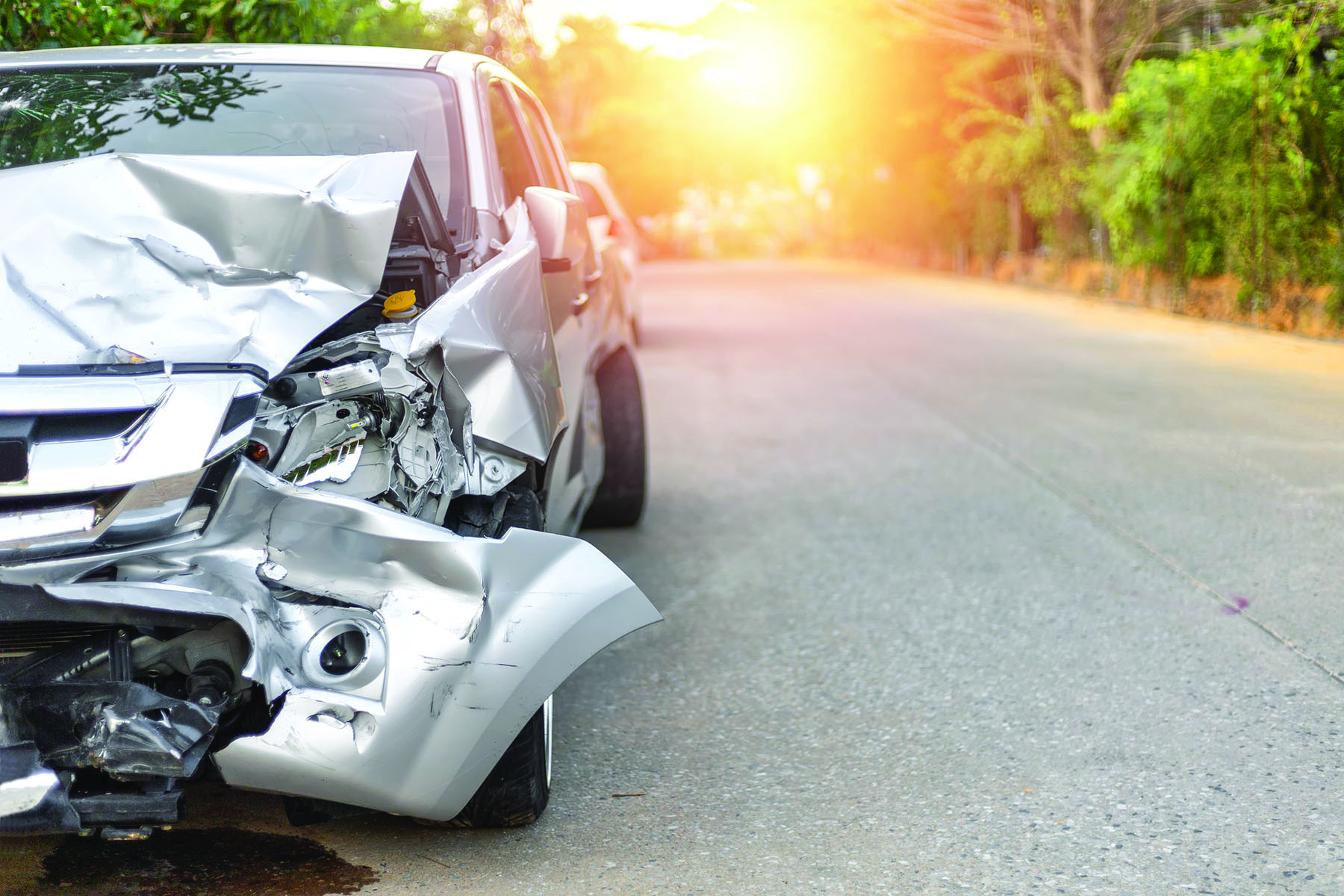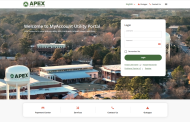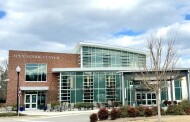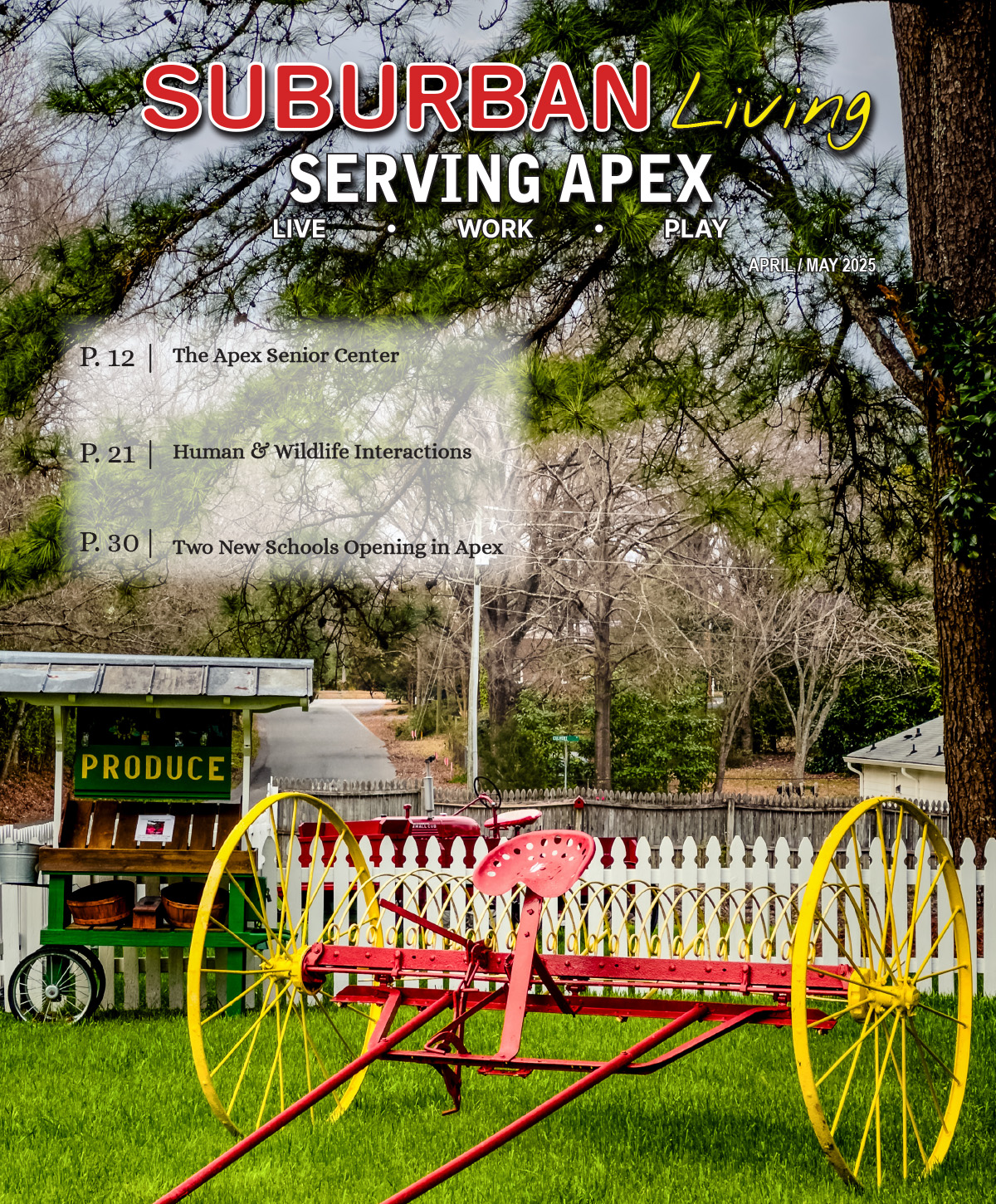In 2020, the last full year for which statistics are available, 1,658 persons were killed on North Carolina highways, a 12.8% increase from 2019. However, an equally astounding 105,382 persons were injured. Apex, once a quiet, somewhat sleepy town that has grown by 40% since 2015, is not impervious to the tragedy of traffic death and injury. In 2020, Apex experienced almost 700 traffic crashes involving vehicles, pedestrians and bicyclists. But that doesn’t have to be our future.
Traffic deaths are at an unacceptably high number in the U.S. The National Safety Council (NSC) estimate of roadway deaths for the first six months of 2021 was 21,450, up 16% from 18,480 in that same period of 2020. The rate of deaths in 2020 spiked 24% over 2019. This is the highest year-over-year increase in the traffic death rate in the U.S. in 96 years, since 1924.
The Vision Zero approach recognizes that people will sometimes make mistakes, so the road system and related policies should be designed to ensure those inevitable mistakes do not result in severe injuries or fatalities. This means that system designers and policymakers are expected to improve the roadway environment, policies (such as speed management), and other related actions.
In early 2020, Apex town government initiated an aggressive program to work toward zero traffic fatalities/injuries by adopting Vision Zero, a program first begun in Sweden, that brings engineering, education, encouragement, enforcement and evaluation together to produce an effective plan to drive down traffic crashes. The Resolution to Support Vision Zero Apex was approved by the Apex Town Council on July 21, 2020, affirming the Town’s commitment to eliminating traffic deaths and serious injuries. A staff committee manages the various programs contributing to Vision Zero Apex and meets monthly to discuss progress, exchange ideas, and work toward the goals of Vision Zero. The committee is comprised of members from the Administration, Public Works and Transportation, Planning and Community Development, Police, and Fire Departments. Earlier this year the Town held four public workshops to gain citizen input and build support for safer transportation in Apex.
To get a better idea of where the Apex effort stands, Suburban Living got in touch with Russell H. Dalton, PE, Apex Traffic Engineering Manager.
What has been the level of community response to Vision Zero? 275 people responded to our survey, and we have held six in-person events to solicit comments. The survey was available online and in-person. We will be hosting an outdoor “Safety Town” event on Saturday, June 25, from 10 a.m.-2 p.m. at Apex Town Hall with outdoor activities for kids to have fun learning about traffic and bicycle safety.
What kinds of infrastructure adjustments/construction do you think may be planned in response to your findings? The Action Plan will guide systematic improvements to the transportation system and be a comprehensive approach to traffic safety based on the 5 Es: Engineering, Education, Encouragement, Enforcement and Evaluation. With regard to major infrastructure investments, it will promote the need for projects based on expected safety benefits considering crash data as well as public input in the annually identified budget priorities.
How has the rapid growth of the Town played a role in traffic safety overall? The general trend in traffic collisions in Apex has gone up in the past 5 years, but it has not been a steady year-over-year increase. Growth puts more pressure on the higher priority roadways where we have seen more injuries and fatalities. In addition, growth has occurred mostly across areas underserved by transportation infrastructure and largely on state-maintained roads. However, growth has also brought opportunities to make new roadway connections, connect gaps in the pedestrian network, and implement improvements to existing roads including more innovative intersection designs to reduce vehicular conflicts. Growth has also promoted the need for funding local transit service, with GoApex Route 1 to begin service to 38 new bus stops this year. Overall, traffic safety has remained a priority through various programs as we manage congestion, working with the community and NCDOT to identify and fund high-priority projects.
Will the information gleaned from the public workshops and staff study suggest any changes in local or state laws? Staff have been participating in the statewide Vision Zero meetings where certain issues discussed may require a request for legislative changes. These discussions are ongoing. We do not anticipate any immediate changes to local laws, but we will be reviewing and suggesting more support of Vision Zero through operating policies and annual budget priorities.
The federal government approved a significant infrastructure plan last year. Do you think that there will be federal financial assistance to make Apex streets, walks and bike paths safer? Apex already receives substantial federal funding for greenway, sidewalk and roadway projects through the established NCDOT Locally Administered Projects Program (LAPP). That is an annual application process. We will be exploring additional opportunities for funding aimed at Vision Zero initiatives.
What can motorists, pedestrians and bicyclists do, individually, to work toward the Vision Zero goal? For those who drive, please don’t drive impaired or distracted. Follow the traffic laws and be courteous to your fellow drivers as well as to those who walk and bike. For those who walk and bike, there are obviously laws to follow as well, but please use extra caution since your risk is higher, and you can’t assume drivers always see you and are prepared to stop or yield. Also, if you have a comment or see a safety issue regardless of your mode of transportation, let us and/or NCDOT know. Apex has an online portal for reporting issues as does NCDOT: Report Concerns/Kudos | Apex, NC – Official Website (apexnc.org) or NCDOT: Contact Us.
More information regarding Vision Zero can be found at https://visionzeronetwork.org/.








